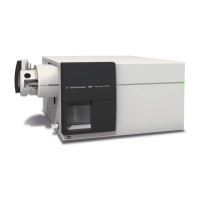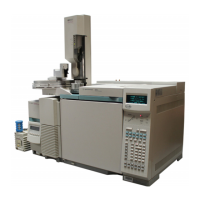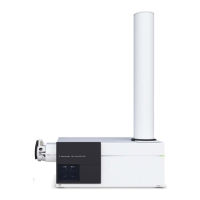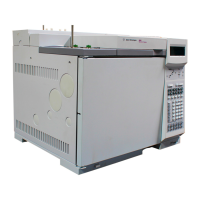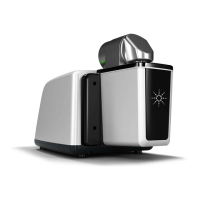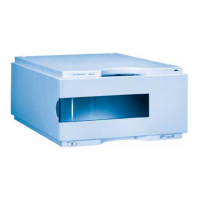30 Agilent 6400 Series Triple Quad LC/MS Concepts Guide
2 Inner Workings – Triple Quadrupole MS versus Single Quadrupole MS
How Dynamic MRM works
How Dynamic MRM works
Dynamic MRM is a scan type that has a single continuous Time
Segment and up to 4000 transitions in the Scan Segments table.
You can add a Time segment that sets the divert valve to waste.
At run time, these transitions are automatically separated into
multiple “MRM Tables” according to the retention time window
for each transition. These MRM tables consist of the transitions
that are overlapping in retention time and can contain up to 200
transitions each. These tables are not shown in the user
interface.
Dynamic MRM includes the columns Ret Time (Retention Time)
and Delta Ret Time (Delta Retention Time). Ret Time is the
transition retention time. Each transition is acquired from Ret
Time - 1/2*(Delta Ret Time) to Ret Time + 1/2 * (Delta Ret
Time). Ret Time and Delta Ret Time are entered in minutes.
Abundance data is acquired starting at time “t” for duration
“delta t”. The first MRM table in the example below acquires
transitions “abcdef”. The second MRM table acquires transitions
from “defghi”, and so on.
Figure 13 Automatically determining dynamic MRM tables.
The benefit of Dynamic MRM is to allow longer dwell times by
performing MRM transitions around the elution time of the
compound and not continuously throughout the chromatogram.
